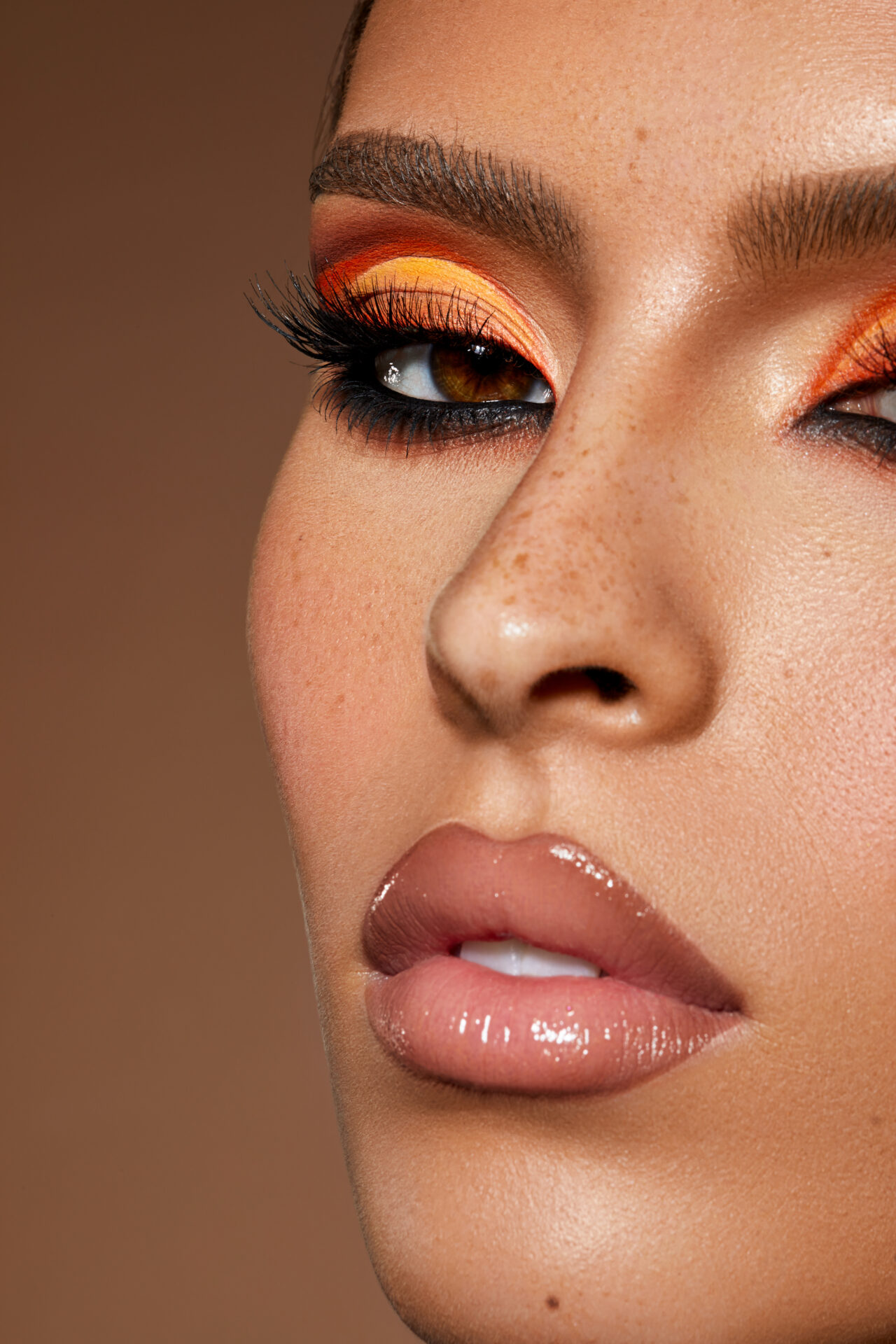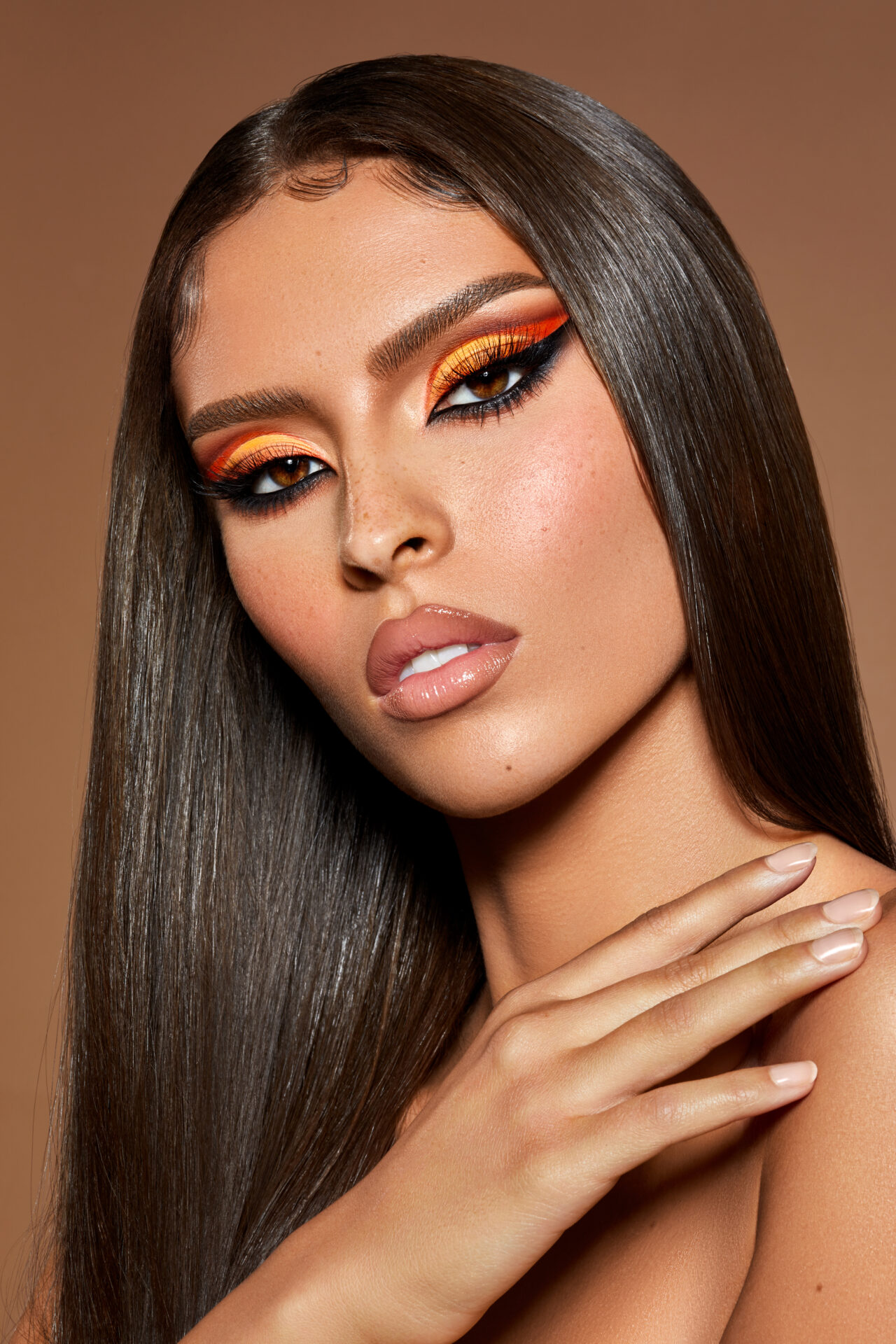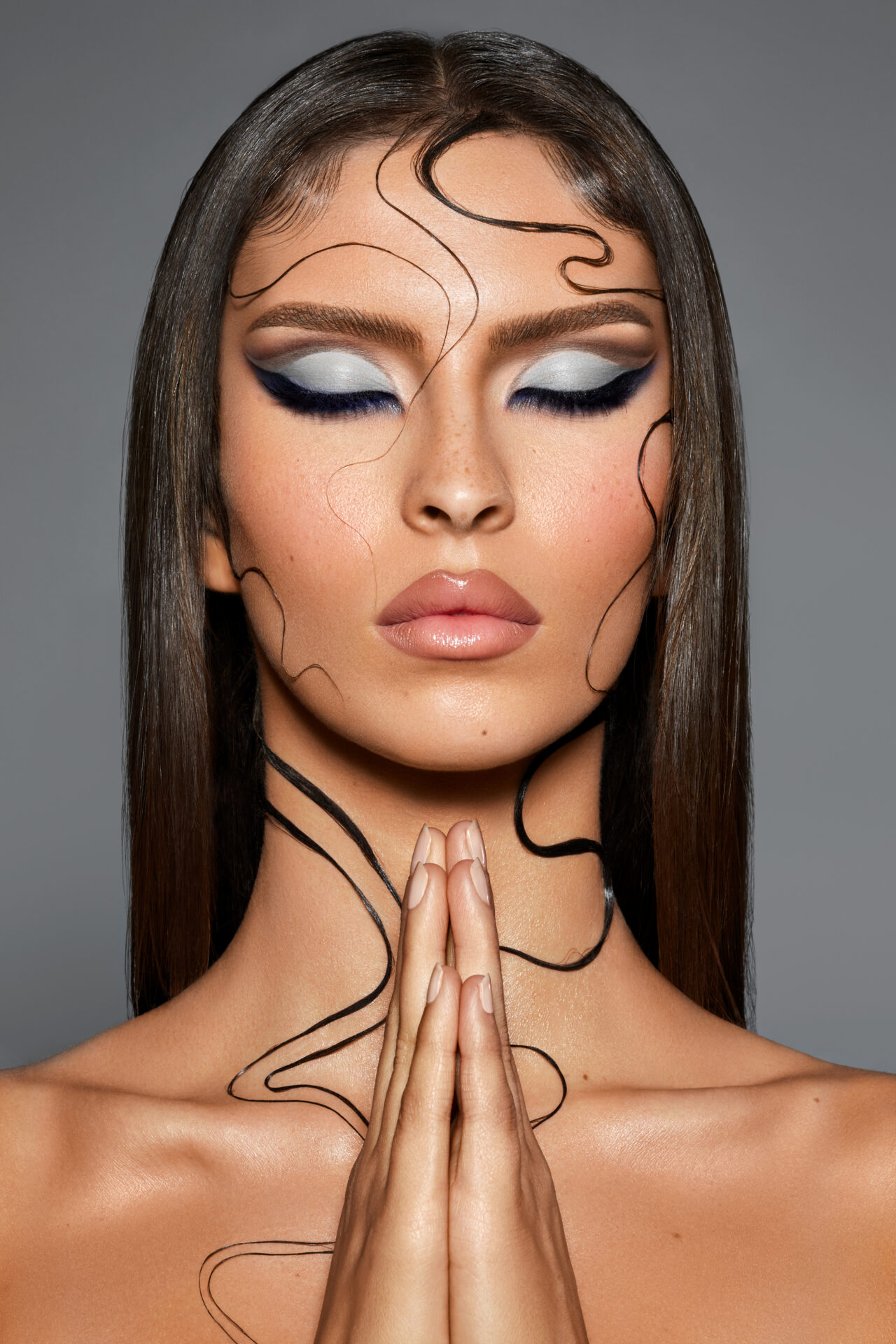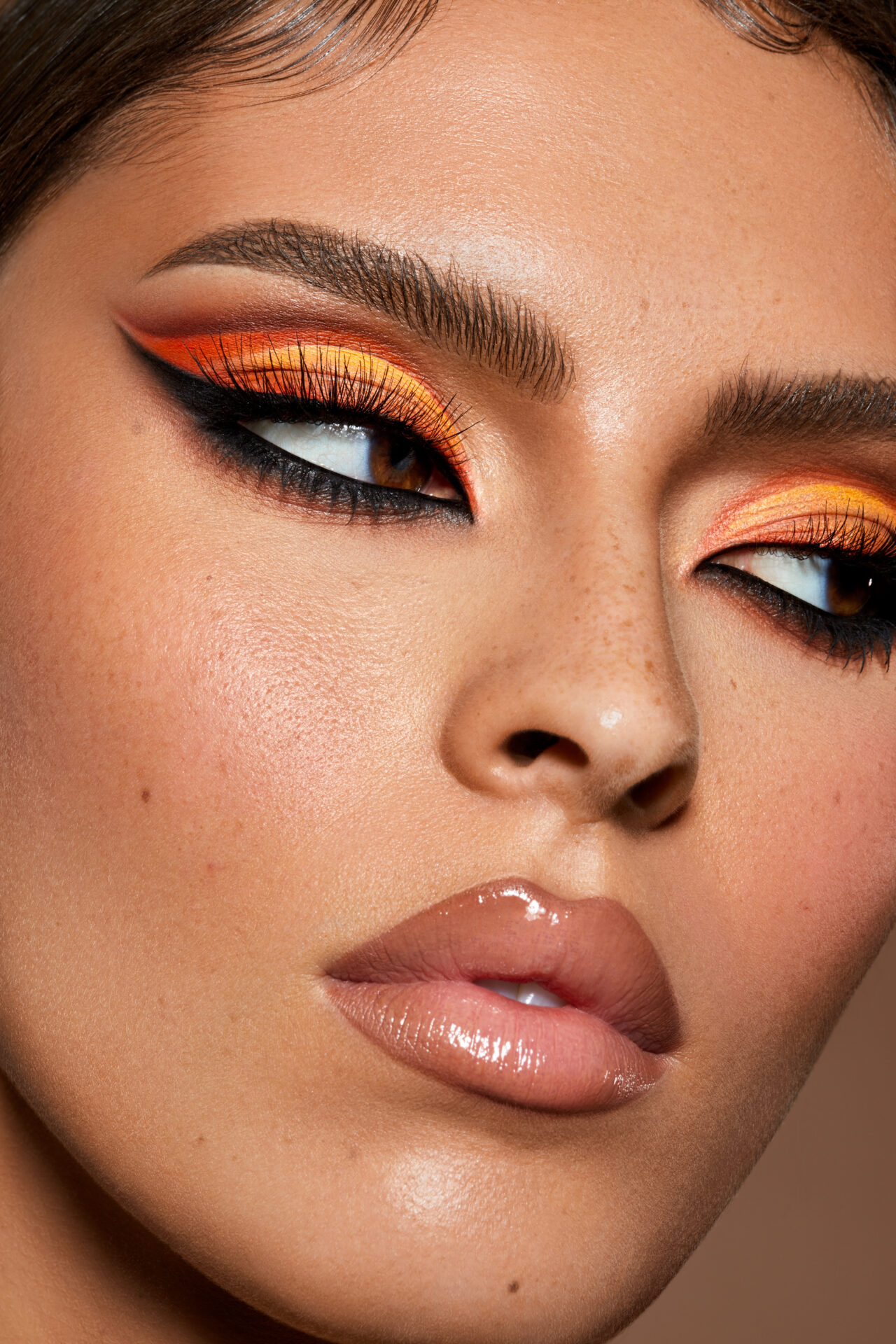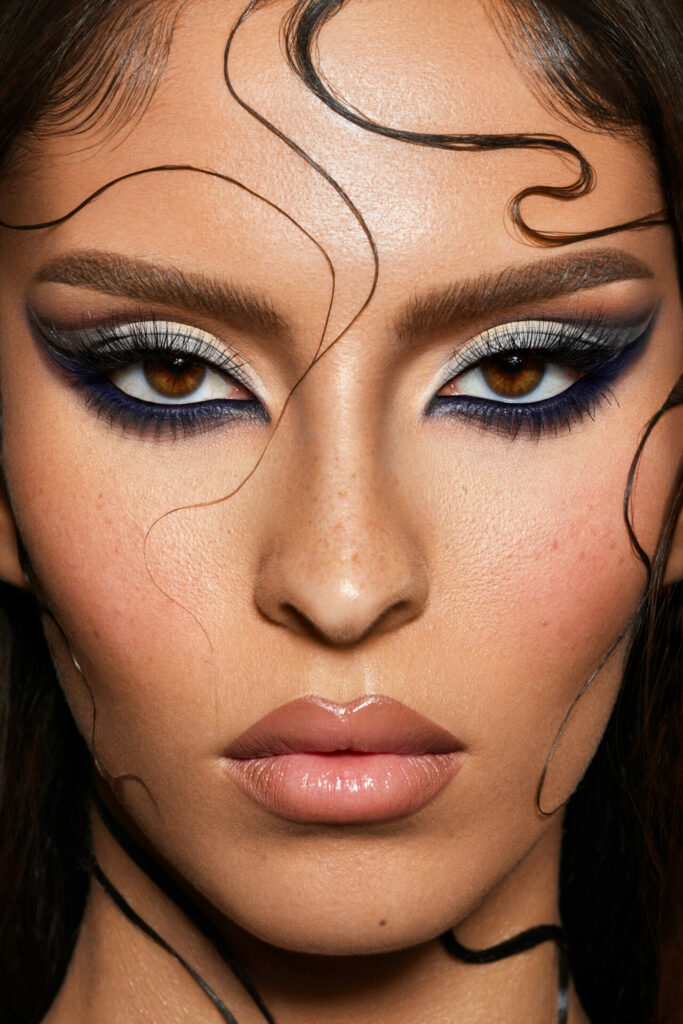
In this post, I describe my approach to working with models who are in front of the camera for the first time. Proper guidance can reduce insecurities with newcomer models. The better the models feel, the better the photos of the shoot will be.
Standing in front of the camera for the first time is not only unusual for most people, but also very exciting. As a model, you are the full focus of the entire team. Often newcomer models feel a little insecure and are afraid of making mistakes. Not infrequently, this insecurity is also expressed in the picture result. But as a photographer, you have a significant influence on how a newcomer model performs in front of the camera, even on their first shoot.
I’m going to share a few of my experiences working with newcomer models, made into five handy tips to help both you and your models out.
1. Add feel-good factors to the environment
One of the most important things is that there is a good atmosphere on set. That’s why I create a relaxed atmosphere throughout the studio and the makeup room. I often also ask the model what music they would prefer to listen to in order to increase the feel-good factor. In addition, I always prepare enough snacks and drinks. It’s also helpful to make sure that there’s a comfortable room temperature so that no one has to freeze.
2. Make sure you communicate and clarify the process
On a shooting day, my first and most important task is of course to set up my studio set. Since I always create the concept before each shooting, this usually goes very quickly. After I have prepared everything, I take time to talk to the model. What does their vision of the set look like? How would they imagine it? You also want to make sure you have all the equipment you need before you start filling the model in.
First, I give the model a detailed introduction to the shoot so there is no confusion or uncertainty about how the day will go. Therefore, they are aware of what will be expected of them. This includes, for example, how many different makeup looks will be done, what styling has been planned, the order of the different looks, and any break times between the different shooting slots. Especially with newcomer models, it is also advisable to ask if there are any questions left unanswered. Apart from the general topics of conversation that arise in the course of a photo shoot, I am very interested in the personal background of the models, why they became interested in modeling, what hobbies they have, and what area they come from. It’s also always interesting to hear how different peoples’ backgrounds can be before they start a modeling career.
3. Have a process for the start of shooting
When the model arrives on set, my experience is that it always takes a few minutes for them to warm up. I make myself aware of this every time in the beginning so that I don’t come across like I’m expecting too much right from the start. Especially with newcomer models, it takes a bit of patience to give them the necessary time to acclimatize and settle in with the situation. When the model is on the set, and I’m fixing the light and camera settings at the beginning, it’s important to inform them that the actual shoot isn’t starting yet. I always explain that I need to set up my camera and lighting settings first. I usually need about 10 test images for this. I always start with portrait shots, shooting with an aperture of 8-13 to get great quality and sharpness in my images.
So while I’m adjusting my settings, I give the model some time to get used to the set and the flash without the focus being completely on them directly. Here, if you’re using macro shots, it’s a good time to explain to the model why you can get so close to them, and why the photos can still turn out good despite that!
4. Get only a few people on the set
As soon as the actual shoot begins, I ask everyone except the make-up artist to leave the room. There’s an exception for them, as the make-up artist has to get a close-up look at the make-up at the beginning of the shoot to correct possible mistakes. It is much more relaxed for the model if they are not watched by 20 eyes at the same time while posing. This allows them to get more involved in the situation, as well as feel less tense since the atmosphere is more relaxed. Any tension is immediately visible in the photos, especially if they are not an experienced model.
5. Clarify your goals and give feedback
During the shoot, it is important to talk a lot with the model. I tell them what to do and give a lot of feedback. It is important to remember that although you as the photographer see them through your viewfinder, they only see a camera in front of their face. That’s why it’s important, especially with close-up shots, to tell the model beforehand that you’re going to get very close to her face with the lens to take the picture.
I usually start with very light poses, such as looking straight into the camera or turning the head, with only small movements to the left and right. Even just moving the eyes can give the image a different look. Although the initial images are often not the images I want to have as a result in the end, it is important to still give the model positive feedback even now as soon as it goes in the desired direction. This way they know what I want from them and can pose accordingly. It is very helpful to show the model different moods or poses in advance, which they can use as a guide.
I hope that these tips will help you to achieve better results in the future when shooting with newcomer models. By the way, the sample pictures for this article were taken with a model I discovered on the street in Düsseldorf, Germany. The pictures were taken at her very first beauty shoot; I don’t think you can see that at all in the pictures! This is great evidence that, by giving the right guidance to newcomer models, you can get super results.


